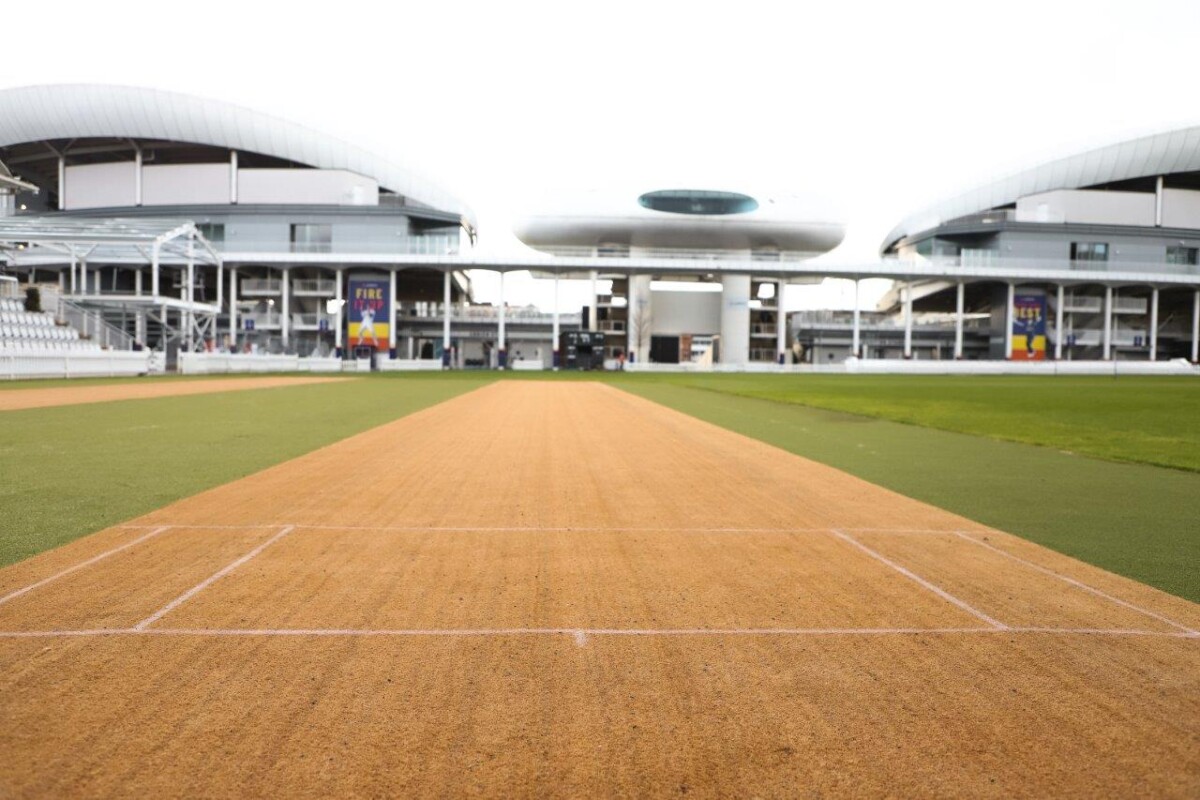Hicure launch sees biostimulants building: Hicure is set to be a key building block of future turf agronomy programmes, according to Syngenta Technical Manager, Glenn Kirby.
Speaking at the Hicure on-line launch event, he said: “The potential of biostimulants is immense. Some of the things we’ve seen during glasshouse research – by way of turf rooting, drought tolerance, colour and recovery, for example – have been really impressive.

Hicure launch sees biostimulants building
“In practice differences are more subtle, but get things right and fine-tune the timings, then you could see some big differences,” he reported. “We’re beginning to unlock the potential through really deep research.”
Glenn highlighted over five years research with Hicure has given valuable insights into the product and how to use it to best effect. Key to its success is not just its high level of amino acids, but the fact that a high proportion is immediately available to turf plants to counter stress effects.
“Amino acids are like building blocks that the plant can use to build the structures it requires. It does that by joining individual amino acids into peptides, and then linking multiple peptides together into ever longer complex chains used to create specific proteins.
Hicure contains 10% of raw amino acids, along with 53% as short chain peptides that can be absorbed through the leaf and rapidly utilised by plants.
“Unlike other amino acid sources, Hicure contains 18 individual types of amino acids that are of most use to plants to build the proteins required to stop stress effects.” All amino acids contain a nitrogen molecule, which is a crucial element as an organic N source to provide plant cells with energy to build proteins – particularly when stress adversely affects photosynthetic capability.
Most other amino acid biostimulants are predominantly made up of long-chain peptides, which are typically slow to be utilised and as the need to be broken down by the soil before they can be absorbed by the plant.
“Understanding the function of amino acids and how they are used in the plant’s physiology is crucial in targeting and timing their use.
“With Hicure, we’ve seen real benefits building from targeting foliar applications close to the onset of stress periods for rapid uptake into the plant,” he advised.
With an application rate of 20 l/ha per month over the summer period, that may be split into two, three or even four treatments, in combination with a Primo Maxx II PGR or foliar nutrition programme, for example, he cited. Excellent results had also been seen in tank mix with fungicides.
“With a wide range of stresses in the summer months, including the onset of drought, light and heat a programmed approach is effective to give turf coverage over a prolonged period of potential stress events,” he advocated. “But we are also doing more research and trials into forecasting stress effects and the fine tuning of Hicure timing to optimise applications.”
That includes countering a wide range of abiotic stress effects where plants can build specific protein responses. Whilst there is no direct effect of Hicure on disease pathogens that cause biotic stress, trials have shown that alleviating turf plants’ abiotic stress factors can help put the turf plant in a better position to tolerate biotic stresses, including impacts of anthracnose and microdochium patch.
“Building Hicure into the agronomy programme can add up to make incremental gains with all the products’ applications,” he added. “That’s ever more important to cope with increasing climatic and management stresses imposed on turf every season.”
For the latest industry news visit turfmatters.co.uk/news
Get all of the big headlines, pictures, opinions and videos on stories that matter to you.
Follow us on Twitter and Instagram for fun, fresh and engaging content.
You can also find us on Facebook for more of your must-see news, features, videos and pictures from Turf Matters.


























